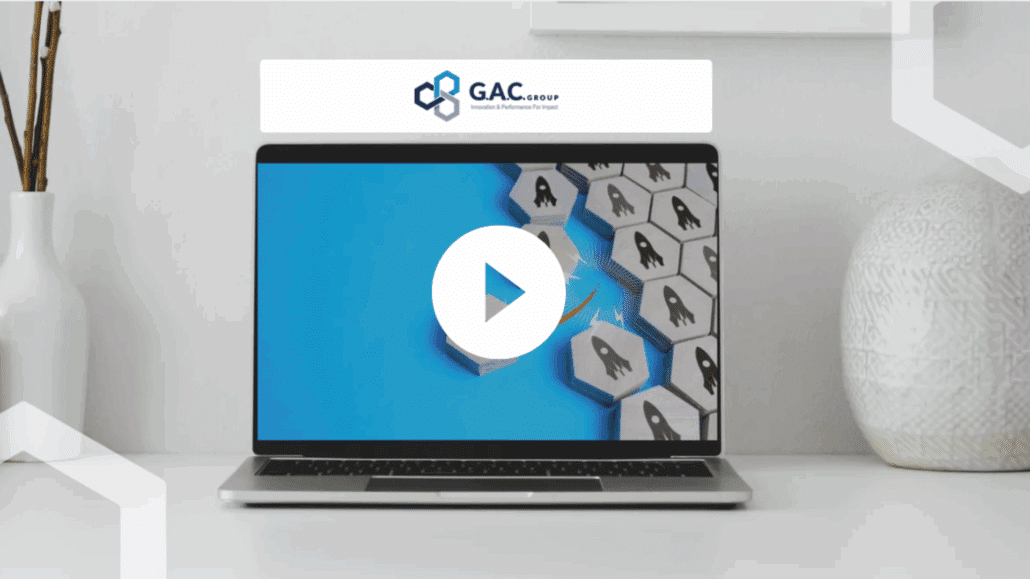It is a fact, companies that develop internationally, innovate and generate more turnover. The international market is the main source of growth to absorb any losses due to the current health and economic situation in France.
To generate more growth, export your innovations! But how do you go about it? How can you make your expertise shine on a global level? We had the pleasure to co-host this webinar with the French Tech network, Bpifrance and France Innovation.
- Finance and secure your international development approach
- Have visibility on international market trends
- Diversify into new markets and target the right destination
- Identify the right partners in the field
SMEs may be reluctant to export, given the investment required to set it up. Exporting requires knowing the host country, finding the right partnerships and distribution networks.
Is exporting a solution to the crisis? Are innovation and export closely linked? Public aid represents more than half of the external resources of companies. Some export subsidies provide insurance against the failure of the business development, or facing the risks associated with exporting.
Although innovation and export are strongly linked, only 11% of support to SMEs would tackle innovation and export together (according to an ERPI study).
To access the replay, fill out the form below.
Export and innovate to generate growth?
As INSEE notes, " all other things being equal, for the same sector and size, whether or not they belong to a group, the probability of innovating is much higher for exporting companies than for others, especially for products that are new to the market ". The more the company's market extends beyond its home territory, the greater its propensity to innovate.
" Exporting implies adapting to an often demanding and competitive foreign market. It is more difficult to impose oneself on the international market with already existing products, notably because of the costs generated by international trade (transport, adaptation to the standards in force in the various countries...) ".
Exporting generates real learning and specialization effects on innovation and productivity, provided that exporting is intensive and sustainable. Exporters who invest sufficiently to maintain and develop their exports benefit from these effects. On the other hand, occasional exporters with "hit and run" strategies in more easily accessible markets will not benefit from increased innovation and productivity through exporting.
Covid 19: opportunities to seize?
Among the reasons given by those who decided at this stage to put the export on stand-by:
- lack of visibility on the future (37%): travel, production, country decisions, HR = lack of information on the international in real time ....
- logistics (21%): this subject includes the ability to ship export orders ante Covidthan to source imported parts or semi-finished products.
- the rapid decline in orders from abroad (19%).
- the future financial situation (18%) to continue financing exports.
- difficulties in executing export contracts (3%) and customs (2%) are not mentioned at this stage.
To develop internationally, it is better to be well accompanied
In the long run, exporters can be expected to have a productivity advantage over non-exporters, beyond the initial productivity advantage gained from entering the export market. Indeed, exporting increases business opportunities by allowing firms to access technologies and knowledge not available in the home country, through more direct contacts and facilitated interactions with new foreign competitors, distributors, customers and suppliers.
In addition, export markets are considered more competitive because they are characterized by a sustained demand that attracts a large number of suppliers. This should encourage firms wishing to establish themselves on a long-term basis in the export market to step up their innovation efforts
Finally, exporting allows exporting companies to better value their production, either by achieving economies of scale in the case where the company has chosen "standardization", or by generating more value by differentiating through adaptation or "customization". Access to public support suffers from a fairly significant lack of knowledge: nearly half of the companies not supported do not know what aid they can claim. 16 % of the supported companies had problems accessing information on possible financing.












